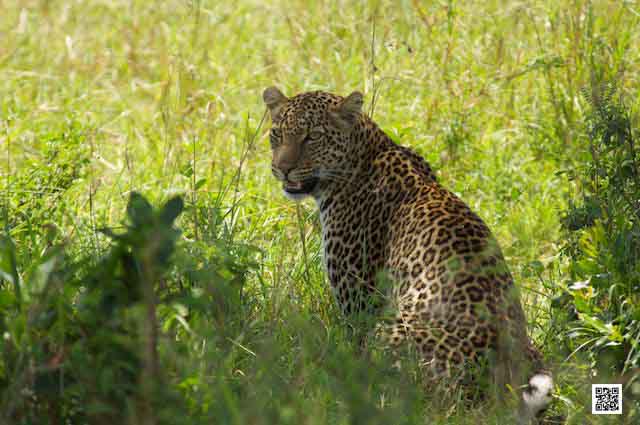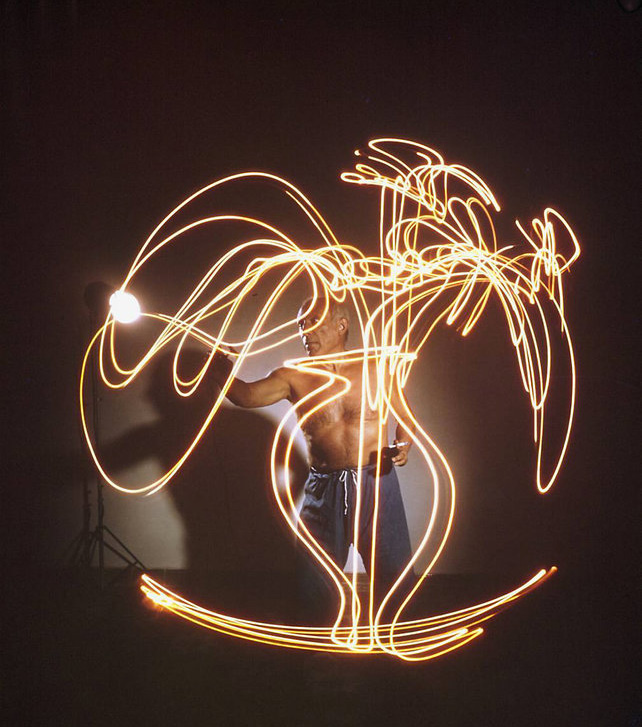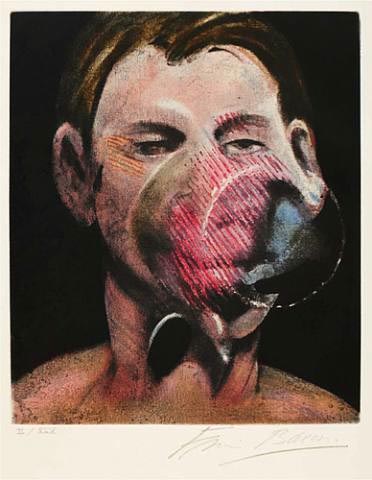painting
Camera Oscura - Old Masters and Photographers
24/01/13 08:47 Filed in: Photography & Art

“The camera obscura is an optical device that projects an image of its surroundings on a screen.” (via Wikipedia)
It is thought that old masters like the Dutch painter Johannes Vermeer used it to create their paintings. British artist and art historian David Hockney did intensive research on the subject and concludes that the great masterpieces were created with the help of optics and lenses. (read the article on PetaPixel)
Knowing this doesn’t make their work less amazing. One can use optics and lenses and still doesn’t know anything about composition and light. One needs to be able to see first and that explains even more why a photographer can learn composition from looking at their masterpieces. They used photography tools the same way photographers are creating their compositions nowadays. So, going to a museum and looking at the old masters is a great photography lesson. Do the Louvre and you have a whole photography course, add a photographic safari and an intensive course in natural light will finish it up. And as a result your photographs are paintings with light, maybe even masterpieces of light and composition. You actually learned from old masters.
Surprising? Check it out. You can also visit the Louvre online. Here the link: Louvre.
Ute Sonnenberg for www.rohoyachui.com
Picasso: Painting by Heart
14/01/13 08:55 Filed in: Photography & Art

Light painting has become a very popular kind of photography nowadays and there might be even photography courses in light painting to learn the technique. Only as a side note, photography itself is painting with light, but we understand as light painting now, that somebody holds a light source and paints with it while a camera captures the process.
It turns out that light painting is not new. Picasso did it already in 1949. The Albanian photographer Gjon Mili introduced him to it and Picasso was thrilled. Read here what Mili and Picasse created for Life magazine:
“So Picasso did his thing, in various darkened rooms of his studio. He drew a centaur, the figure of a woman, an elephant, and various faces using a small pen light. “He was so fascinated by the result that he posed for five sessions,” wrote Life magazine, for whom Mili was freelancing at the time. “Mili took his photographs in a darkened room, using two cameras, one for side view, another for front view. By leaving the shutters open, he caught the light streaks swirling through space.” The resulting images were published in a 1949 issue of Life, recently resurfacing after the magazine published about the archived images.”
(read the complete article from Co.Design here)
There are other images showing Picasso creating paintings with one stroke and they are already impressing, but this is just stunning. Be aware he doesn’t see what he is painting, at least not with his eyes. If there is any proof necessary, this shows clearly that painting was in his heart.
Wanna try yourself? Paint with your heart!
Ute Sonnenberg for www.rohoyachui.com
David Hockney: Seeing the World through a Wide Angle Lens
21/11/12 15:08 Filed in: Photography & Art

What struck me every time I looked at a David Hockney painting is the depth in them. This great perspective seeing and view line conscious eye of him, only matched by excellent wide-angle lenses we use in photography.



He paints like a wide-angle lens does when we photograph a sky with clouds or a landscape with a road. Well, that also means that we are little Hockneys as well, because one needs to see it first, the lens is only as good as the photographer that wields it. Yet Hockney’s paintings are wonderful to train your eye for perspectives and view lines. Look at them and your eye will learn. That’s enough, just look at them.
Happy seeing and shooting!
Ute Sonnenberg for www.rohoyachui.com
How to Photograph like Francis Bacon Painted
16/11/12 09:41 Filed in: Photography & Art

Bullfight by Francis Bacon
What do you see when looking at a Francis Bacon painting? Essence.
Yes, there is still recognizable shape, yet no disturbing details. The subject’s essence is captured in the painting and without seeing the bullfighter’s face we know it’s the bullfighter. The painting is condensed essence and when looking at it we can feel the energy between the man and the animal, the power of the moment the tension, the fear.
How can a photographer paint like Bacon? By daring to shoot away and simply following the energy of the moment.
Imagine a horse race. The horses are coming with such a speed that there is no time to think at all. You got to shoot away, just follow with your camera the energy of the racing horses and you will get the most amazing photographs. You will feel the energy and there is no choice, it lasts only for seconds, so just let go and shoot. The horses are faster than you and the camera, so probably most of the image will be blur, but the essence will be in focus and the blur rest of the image shows the dynamic of the moment. The viewer will feel it, just like in a painting from Bacon.
Dare!
Ute Sonnenberg for www.rohoyachui.com
Peter Beard & Francis Bacon - Photographer and Painter
10/09/12 19:26 Filed in: Photography & Art

“Sometimes there is nothing better than a bad exposure.” said Peter Beard about photography during an interview with Steven M.L. Aronson and he meant to explain that lots of his photographs happened just by accident, and he was hoping for really good accidents and it turns out his photography is really great.
Beard studied art history at Yale and took color courses with Josef Albers, Neil Williver and Al Katz, but as he says, Richard Lindner and Francis Bacon were his real art teachers later in life.
Peter Beard met Francis Bacon at a presentation of his book “The End of the Game” in London. Bacon had just purchased the book and invited Beard immediately into his studio. Beard took polaroid photos of Bacon’s work. The polaroids became a source of inspiration for Bacon regarding colors and shapes in his paintings and in return Beard learned from Bacon essential things like looking at old masters to learn about light and composition.
A friendship had developed and Bacon painted Beard several times. I dare to say that Bacon’s way of seeing art, reflects in Beards work and is one of the reasons of the mesmerizing impact Beard’s artwork has.
Read more in Peter Beard Trade Edition, available at Taschen and get insights in this creative friendship of two amazing artists.
Image above via HH Fine Art.
Ute Sonnenberg for www.rohoaychui.com